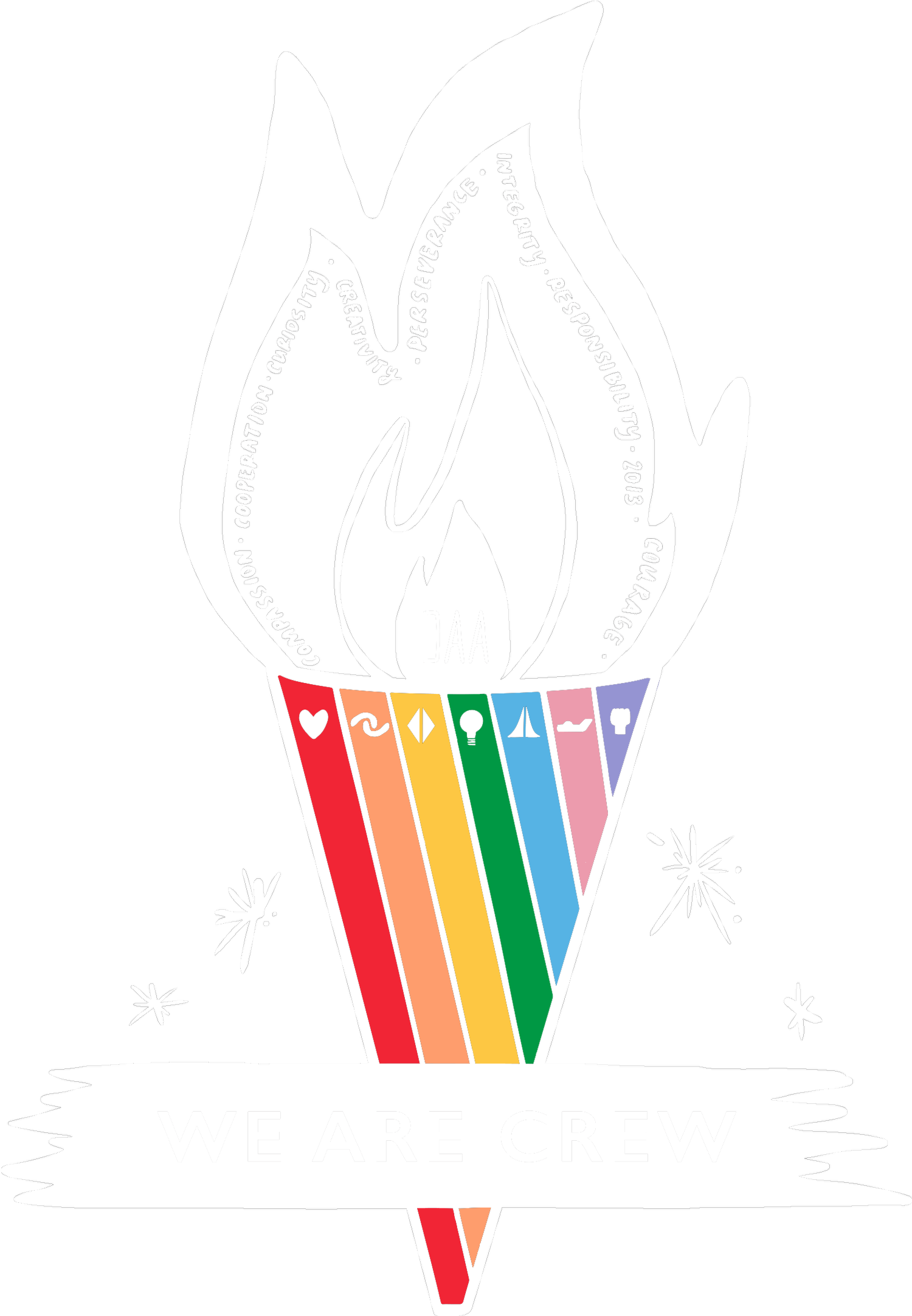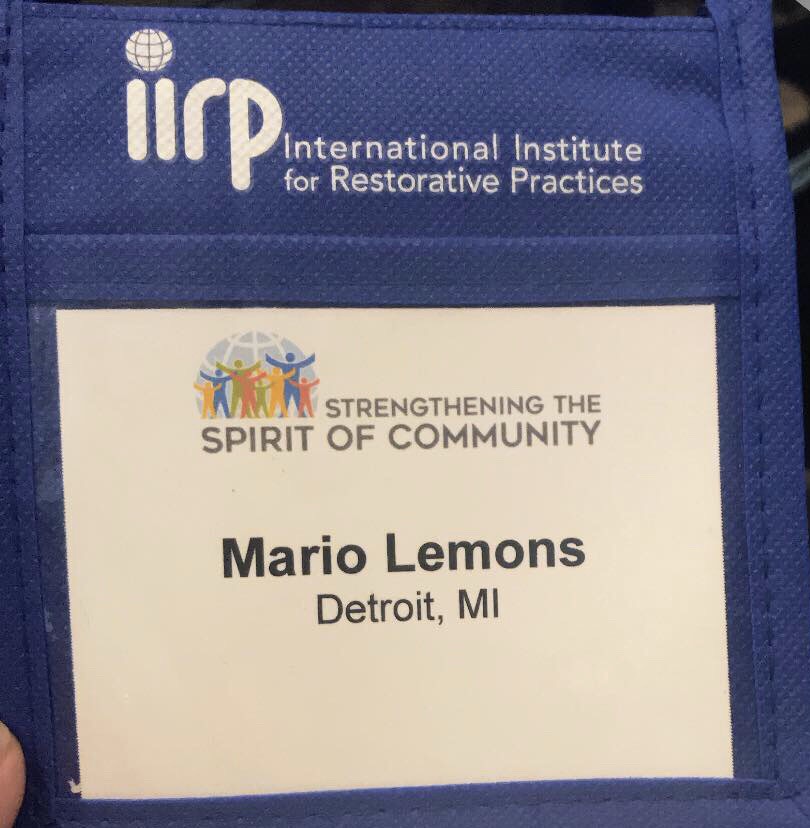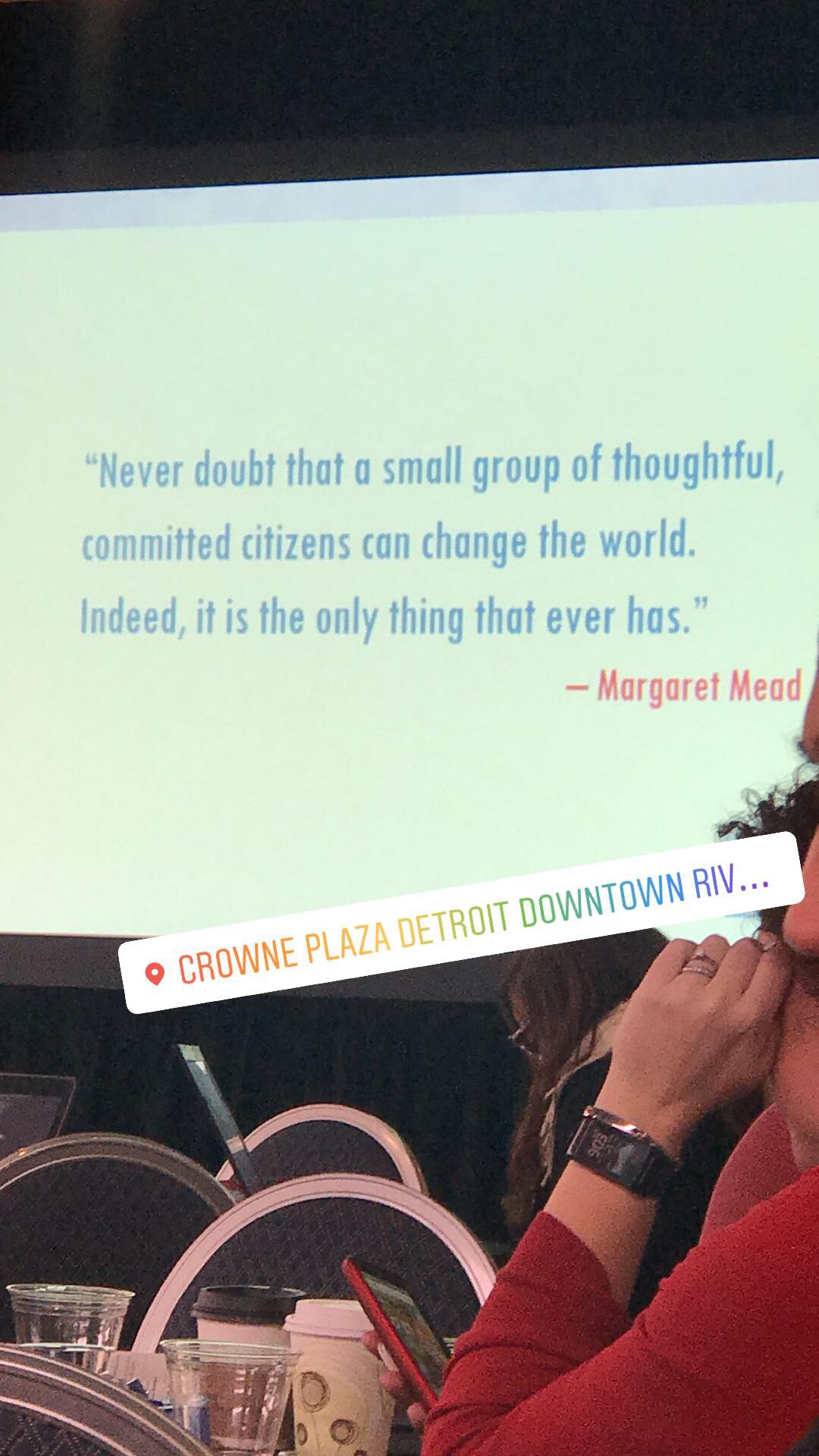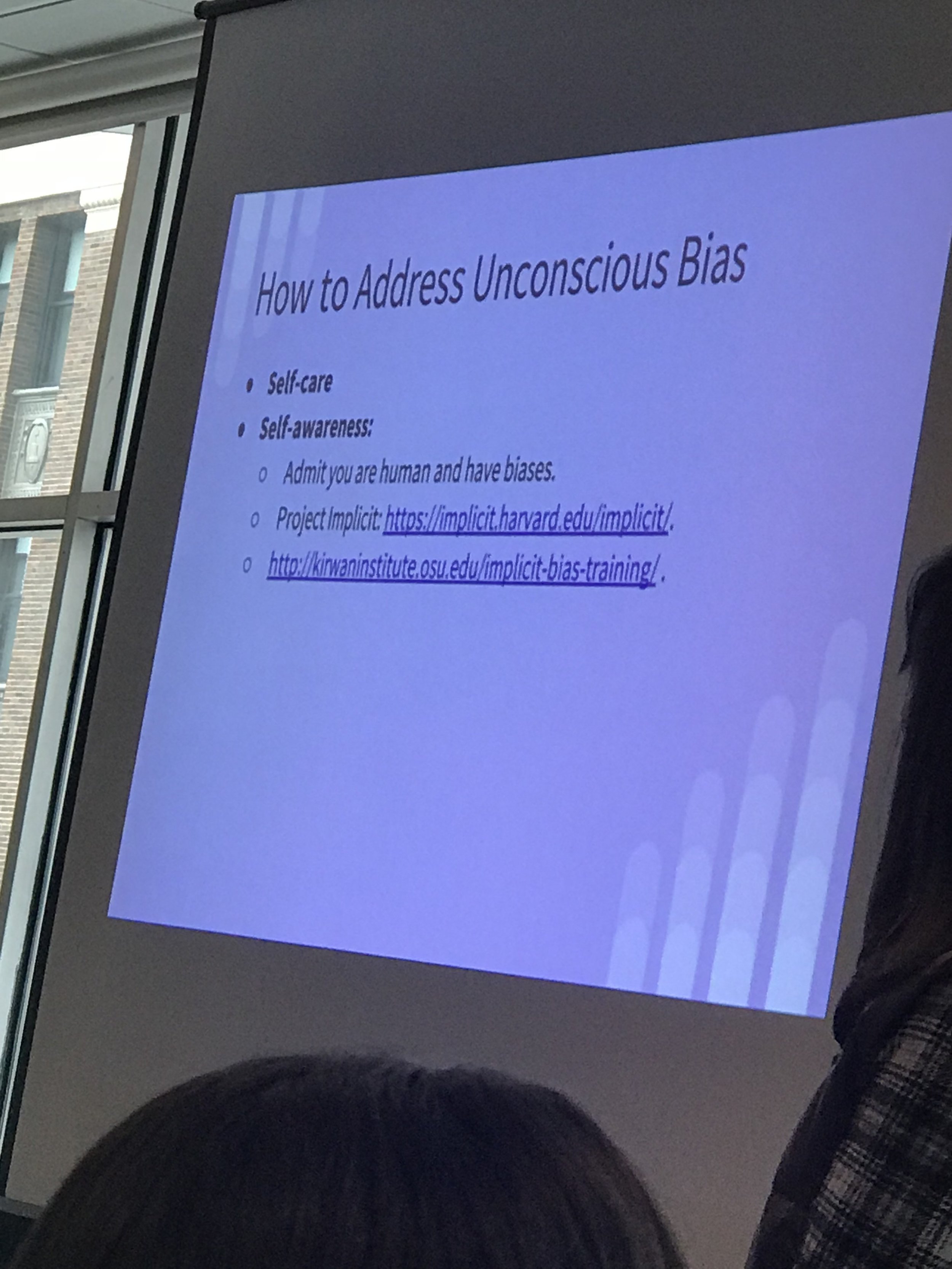Social Work // 8 Takeaways From The International Institute for Restorative Practices World Conference
On October 24th - 26th, we (Tommy Anderson, School Social Worker, and Mario Lemons, Behavior Interventionist) were able to attend an international conference on restorative practices. Conferences run by the International Institute for Restorative Practices have been held all over the world, we were lucky enough to have this years occur here in Detroit. Participants came from far and wide, representing nearly every state and over 25 countries!
Breakout sessions ranging from “The Critical Role of Youth in Building Restorative Cultures at Schools” to “Using Restorative Practices and Mindfulness to Build Relationships and Heal Trauma” to “Bridging ‘Behavior’ Gaps: Strategies and Interventions for Challenging Students” informed and enlightened us along the way.
We had 8 big takeaways from our time at the conference:
1. Restorative Practices Work!
Nearly every session began with data. Schools across the nation are reporting a reduction in serious infractions, a reduction in recurrent problematic behaviors, a reduction in suspensions and an increase in prosocial behaviors. Furthermore, Restorative Practices is equitable. It has been proven to reduce racial gap in defiance and misconduct referrals. In an educational climate where Black students are 3x more likely to be suspended as their White counterparts, the importance in making our practices more equitable is paramount. If you’d like to see more data surrounding Restorative Practices, follow this link.
2. Restorative Practices is one piece of the puzzle.
Restorative Practices are best utilized in schools alongside Positive Behavior Interventions and Supports, as well as social-emotional learning. In the school setting restorative practices do not live in a silo. They interact with other systems to help manage and respond to behaviors. Allowing Restorative Practices to interact and be a part of other systems of the school are when it becomes most effective.
3. Proactive Practices are key.
A common theme throughout the conference was the importance of establishing norms and relationships with those you work with. Proactive circles are key in building community. Building trust and getting to know those in your class before you need a responsive circle increases the effectiveness of the circle.
4. Data collection is an integral part of the process.
How do you know if something is working? How can we replicate our success year after year? Data collection! Not just outcomes, but collecting information on the fidelity of the implementation of programs. As we continually refine our restorative practices data collection will be an integral part of knowing what adjustments need to be made.
5. Restorative Practices should live in every inch of the school.
Restorative Practices in a school does not work unless it is present in the very fiber of the culture of the building. All community members must buy into it. It cannot only be the way that student off-culture behavior is addressed, but it has to also be what guides staff to student relationships, informs staff to staff interactions, as well as the way that schools engage families and the community as a whole. It is when (and only when) schools adopt restorative practices school-wide that one will see a genuinely restorative community.
6. Restorative Practices take time, reflection and patience.
The ideas of restorative practices are not a new concept for various communities historically and abroad. However, the movement to fully incorporate such practices into schools has been the buzz in the educational sectors more recently than not. As a result, the implementation thereof doesn’t come without both unintentional and intentional resistance. Traditional educational systems are innately punitive in their response to off-culture behaviors, therefore, the transition to a more restorative environment takes time, thoughtful reflection, and patience from all stakeholders in each school community.
7. We are doing a lot right!
The International Institute for Restorative Practices (IIRP) conference was very informative, engaging, and thoughtful in its execution. As we participated in the various discussions and breakout sessions, it was clear that the work that we have already done at DAA aligns well with the best practices globally. We learned a lot, and we contributed a lot as well. We were able to again several very tactical restorative strategies to bring back to the DAA community. We also found it interesting that we were able to add value to the diverse conversations in many ways during the conference because we have already been doing this type of work at DAA. It confirmed that we as a school community are not perfect, but, in the restorative community, we are doing a lot right! For that, we are extremely proud! :-)
8. Our work is never done!
Similar to the way that professionals in the medical field consider themselves practitioners of medicine- the very essence of becoming a restorative community is rooted in the idea that it’s an ever growing a developing process. It takes constant reviewing, reflection, readjusting to meet the specific needs of the community. This is why it is said to be Restorative Practices. It embodies the thought that “our work is never done!” Because this philosophy is human relationship focused, it is innately a journey- a commitment, and a process that never ends. But the potential outcomes of a completely restorative community is worth it all.





